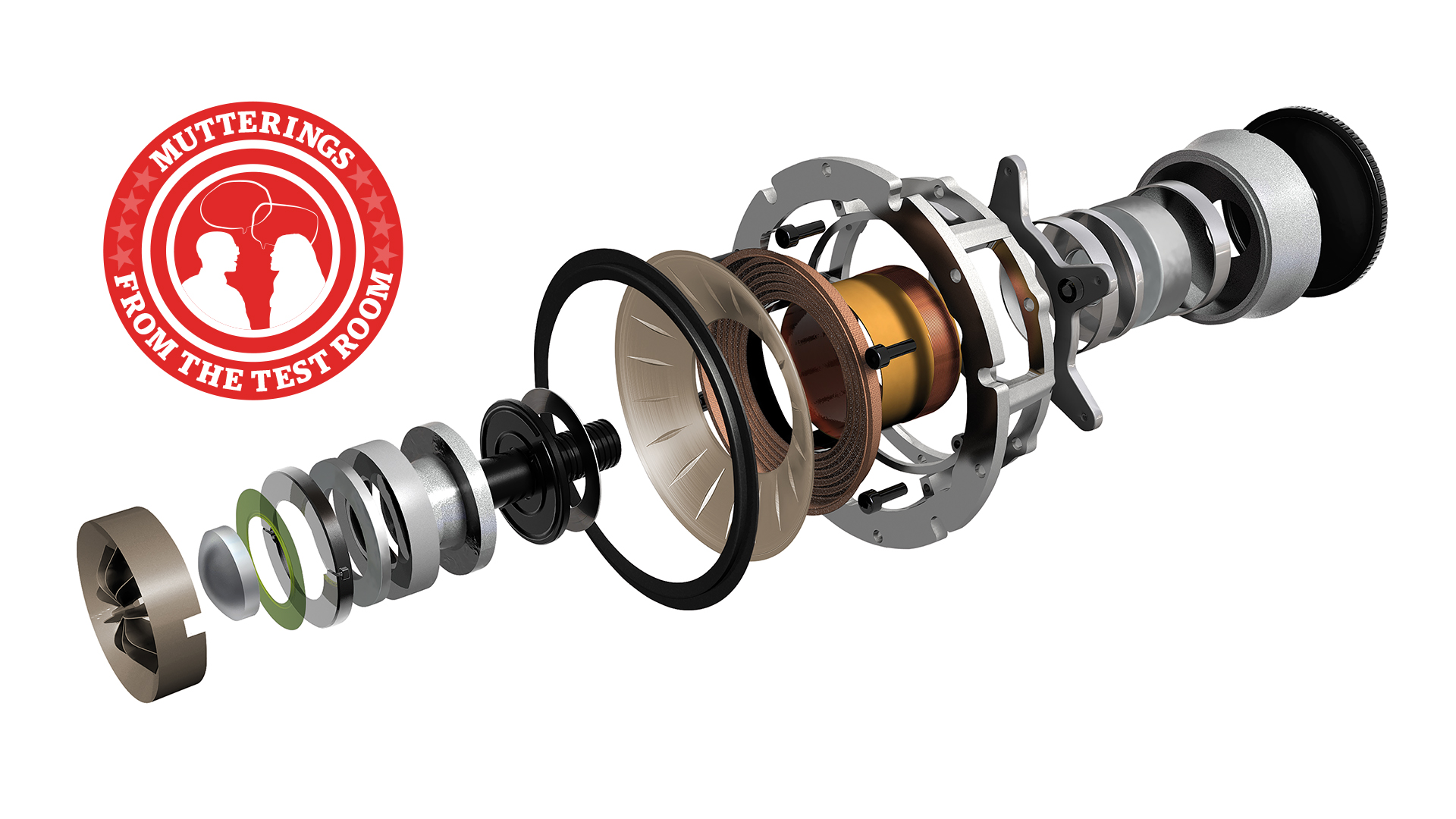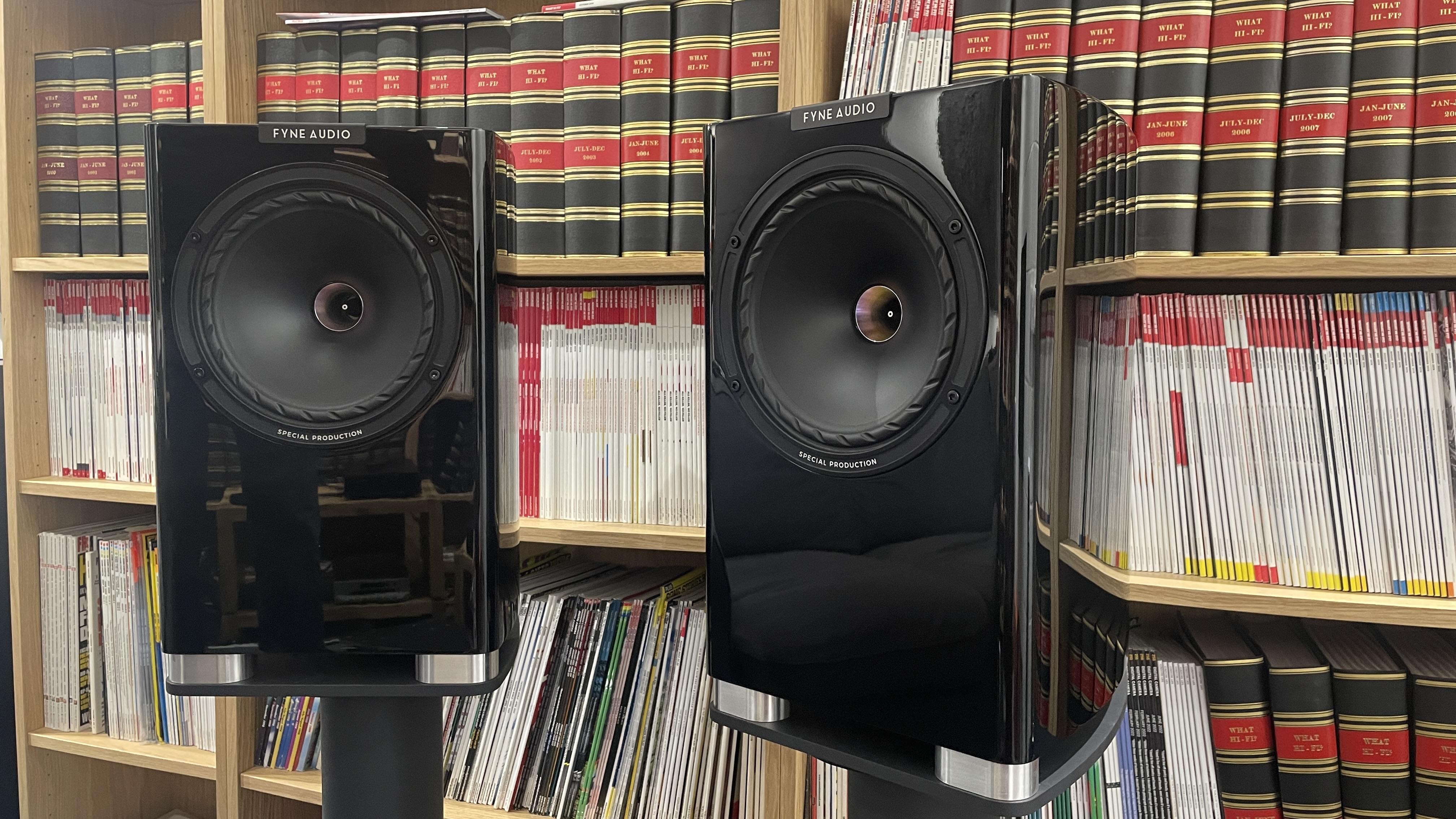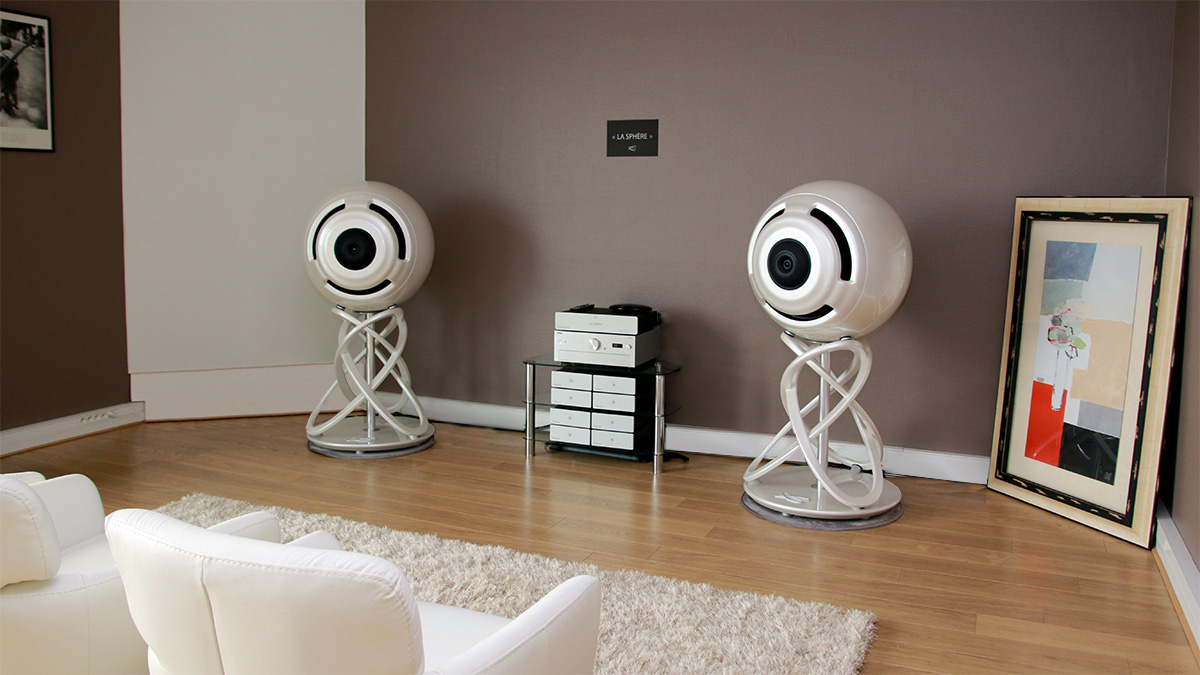Coaxial drive units: is it a path more speaker manufacturers should follow?
Technical editor Ketan Bharadia ponders the benefits of coaxial driver arrays in speakers

I’ve just finished writing the review for Fyne Audio’s new F701SP standmount speakers. I can’t say much about the product until the review is published, but there is an aspect of their engineering that I think deserves greater discussion.
What Hi-Fi?’s speaker testing procedure involves spending a great deal of time optimising their positioning in our 3 x 7 x 5 m (hwd) listening room before any serious analysis takes place. After all, the performance of any model depends heavily on getting this aspect of the setup right.
The medium-sized Fyne Audio F701SP ended up around 80cm from the rear wall, and well away from the sides. There is nothing unusual in that. Most rivals deliver the best balance of tonality and stereo imaging when placed in a similar position.

However, during the process, we couldn’t help but notice just how stable their stereo imaging and sonic character remain as we move around the room. I think the bulk of the credit for this consistency has to go to the speaker’s coaxial driver array arrangement. In Fyne Audio marketing speak it is called Isoflare.
While there are clear technical differences between Isoflare and KEF’s trademark UNI-Q system, both place the tweeter in the throat of the mid/bass unit, aligning their centres. This kind of coaxial driver arrangement works wonders for the consistency of the speaker’s dispersion characteristics in all directions. It is an advantage that is easy to hear.
With conventional speakers, where the drivers are separated and spread on a front baffle, such consistency is never the case. Their tonality shifts notably as we stand up, sit down or walk around, and the soundstage tends to collapse into the closest speaker when the listener moves away from the sweet spot (in the centre). That doesn’t happen with the F701SP or any of Fyne’s speakers equipped with the Isoflare driver array, nor with KEF’s similarly configured UNI-Q products.
Why don’t more hi-fi manufacturers follow the coaxial driver approach if it’s so good? I think that comes down to cost and design complexity. A coaxial driver array, done in the way Fyne or KEF do it, presents all sorts of difficulties in combining both driver structures without compromising on their individual performances.
The latest hi-fi, home cinema and tech news, reviews, buying advice and deals, direct to your inbox.
Once that is accomplished, not an easy feat as you can imagine, there are still plenty of issues with unwanted sonic, magnetic and mechanical interactions between the drive units.
These are not easy problems to overcome. The engineers at KEF and Fyne have spent decades evolving their respective technologies. I suspect there are more improvements to come, despite massive improvements to once obvious weaknesses such as excessive colouration, intermodulation of the tweeter output and issues with high-frequency purity.

All the driver arrays I’ve heard are typically two-way designs, and it is certainly arguable that they work best when leaving bass reproduction to another driver. I have briefly heard Cabasse’s four-way coaxial, La Sphère, with its separate 25mm tweeter, 10cm ring midrange, 20cm lower midrange and 56cm bass driver, which seems like the ultimate expression of the idea, particularly when it is designed to be fully active. At around £239,000, though, that ultimate is sadly out of reach for most.
My years writing about hi-fi have taught me that there are many ways to climb the sound-quality mountain. No single engineering approach is guaranteed to produce the very best results, and that very variety is what makes this hobby of ours so interesting. Even so, I remain surprised that more of the serious speaker manufacturers haven’t gone down the coaxial path. It seems like a great starting point to me.
MORE: The 11 most exciting hi-fi products we saw at High End Munich 2025

Ketan Bharadia is the Technical Editor of What Hi-Fi? He has been reviewing hi-fi, TV and home cinema equipment for almost three decades and has covered thousands of products over that time. Ketan works across the What Hi-Fi? brand including the website and magazine. His background is based in electronic and mechanical engineering.
You must confirm your public display name before commenting
Please logout and then login again, you will then be prompted to enter your display name.
